Inspection Report of Glass Lock Blades Using Glasslined Technologies’ new patented Permanent Glasslined Repair Technology



Traditional methods for repairing glass-lined equipment often provide only temporary solutions. In contrast, GTI's new technique offers a permanent fix. While conventional rebuilding or replacement methods can take 8 to 12 weeks, our induction process typically requires just 2 to 3 days and is 40% to 50% more cost-effective than replacement options, making it a superior and more efficient choice.
When it comes to the maintenance and repair of glass lock blades, quality is key. Maintaining the integrity of these blades is crucial for their performance, and ensuring they meet 100% QC testing upon completion of repairs. Each item undergoes a detailed inspection that includes a 10,000 volt spark test and a glass thickness analysis. A comprehensive report is supplied with each repaired item utilizing Glasslined Technologies’ new patented Permanent Glasslined Repair Technology.
Blade 1: Upper Right-Hand Corner Repair
The first blade inspected had damage located on the upper right-hand corner. The damage was carefully cleaned, and repairs were made using induction heating.
Final Glass Thickness Readings After Repair:
41.2 (at the repair site)
44.2
54.8
47.9
39.3
The blade passed the spark test, indicating that the repair was successful, and the blade's glass surface remained impervious.
Blade 2: Bottom Right-Hand Corner and Shaft Repair
The second blade had more complex damage, with issues in the bottom right-hand corner and cracks on both sides of the shaft where the blade meets the shaft. These types of cracks are usually caused during the installation or removal of the blade. Repairs in this area are challenging and often lead to additional damage. Despite these difficulties, the repair on the bottom right corner was completed using induction.
Final Glass Thickness Readings After Repair:
51.5 (at the repair site)
43.7
50.6
49.0
39.9
The successful spark test confirmed that the blade was properly repaired, with no compromise to its structural integrity.
Blade 3: Bottom Left-Hand Corner Repair
The third blade had damage on the bottom left-hand corner. Like the previous blades, the damage was cleaned and repaired using induction.
Final Glass Thickness Readings After Repair:
44.8 (at the repair site)
36.5
43.7
44.7
50.3
This blade also passed the spark test, indicating that the repairs were successful, and the blade remains fit for use.
Conclusion
A detailed inspection is crucial before beginning repairs on these glass lock blades, emphasizing the importance of thorough testing. Successful spark tests and consistent glass thickness measurements confirm that these blades are ready to continue performing effectively.

